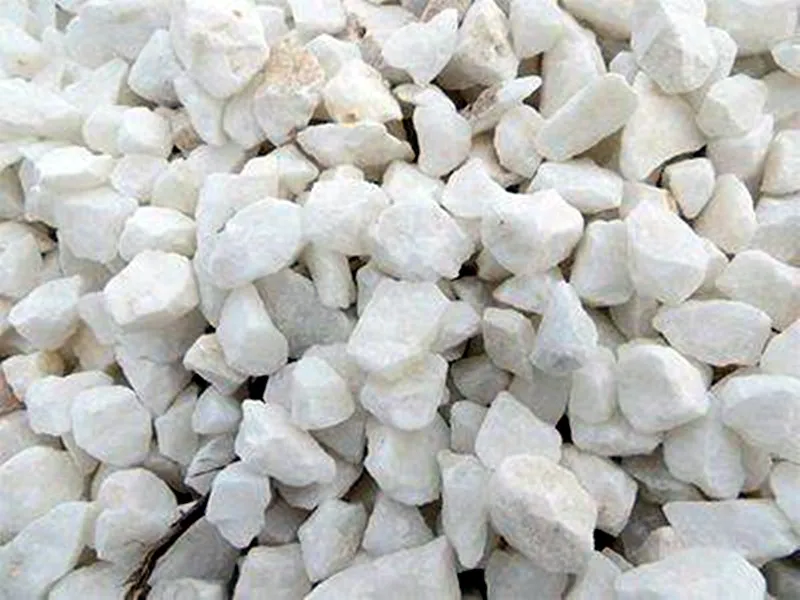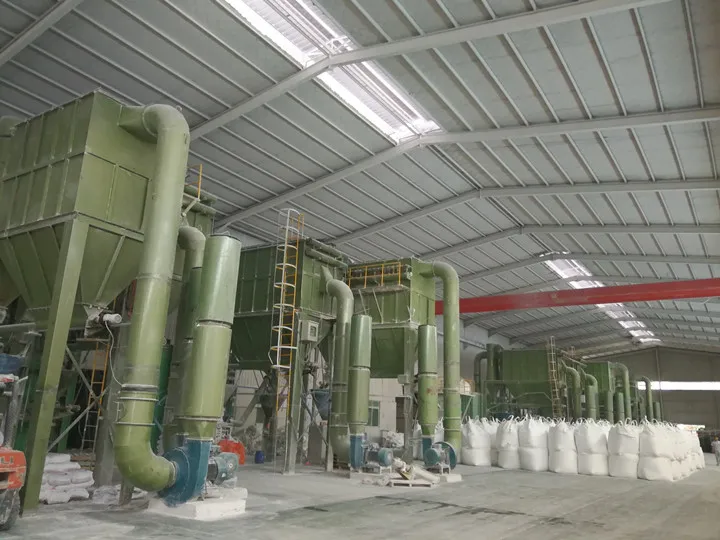The calcium powder from a ring roller mill is different from that from a vertical mill. The calcium powder from the ring roller mill is finer and more uniform. It meets the needs of high-end products. Vertical mills produce rough calcium powder. It is used in low-end products.

Working principle is different
The mill uses centrifugal force to move the material along the grinding disc. It crushes larger materials with the rollers. The mill returns coarse particles to the grinding disc. It sends fine particles out with the flow of air. This process achieves crushing.
The material flows into the ring roller mill from between the main equipment and the classifier. Then, the material is crushed multiple times by the ring roller of the main equipment until it reaches the bottom. The system’s pressure will suck the powder from the gaps. It will be sent to the classifier for sorting. The leftover coarse powder will fall into the main equipment for more crushing.

The internal structure is different
The ring roller coal mill rotates a grinding roller. The roller is mounted on a turntable in the main engine room. The turntable rotates around a central axis. A centrifugal force pushes the grinding roller outwards. This makes it squeeze the grinding ring. Material is pushed out from the gap between the grinding ring and the grinding roller. The roller crushes and grinds the material as it rolls.
The vertical mill is simple and logical. It greatly cuts the total equipment investment. Also, the equipment is fully enclosed and operates under negative pressure. There is no dust overflow, so the environment is clean and meets emission standards.
Differences in performance characteristics
The ring roller mill production line operates using an open structure. It can reduce the heat from rolling. The ring roller grinding chamber has no rolling bearings or screws. So, there will be no problem with the screws loosening and damaging the machine.
The vertical mill operates using gas conveying materials. When grinding wet materials, control the inlet air temperature. This allows the materials to meet the equipment’s production needs. At the same time, the moisture content can also be controlled in the vertical mill. Dry the equipment to ensure proper functioning.